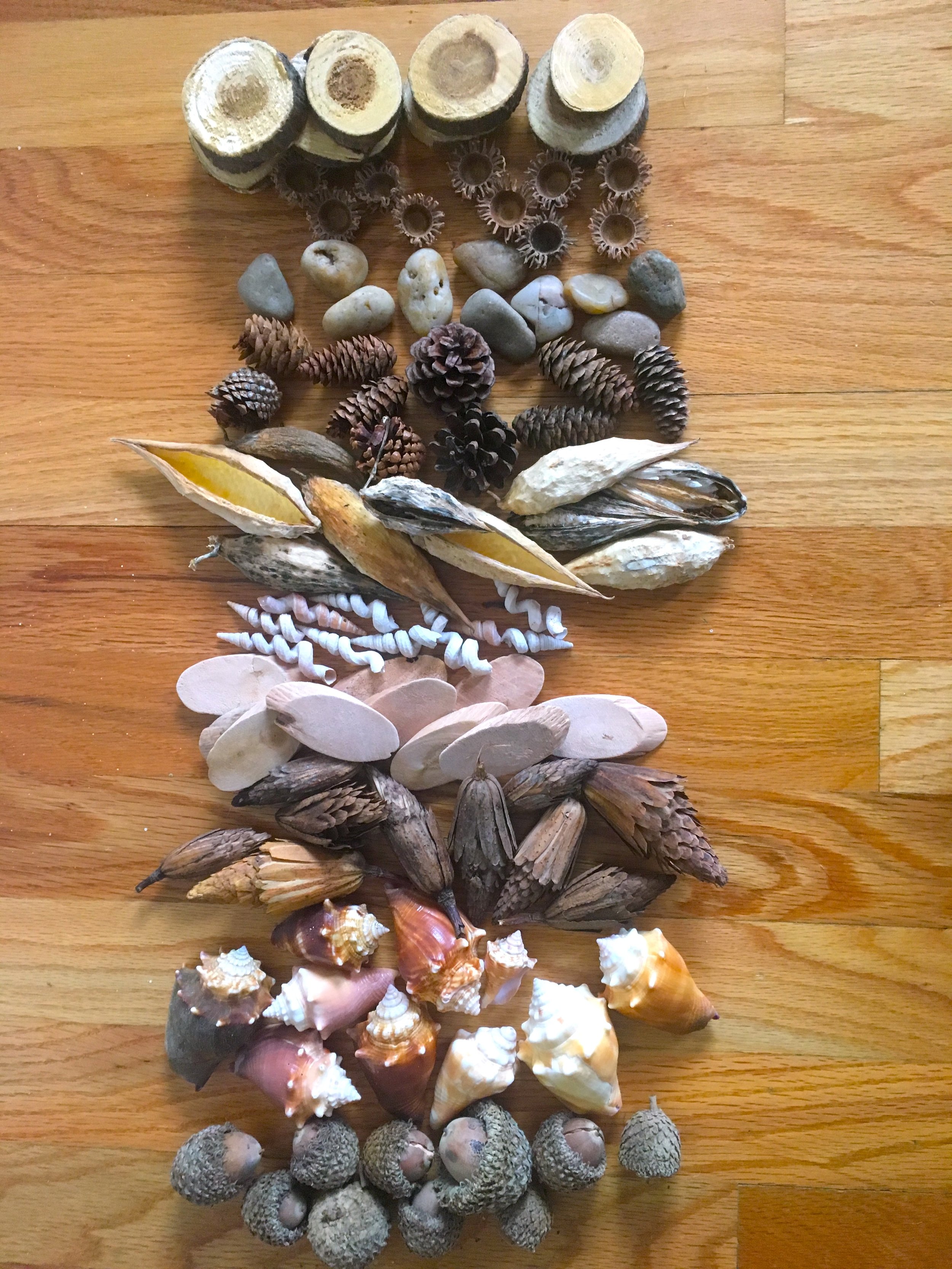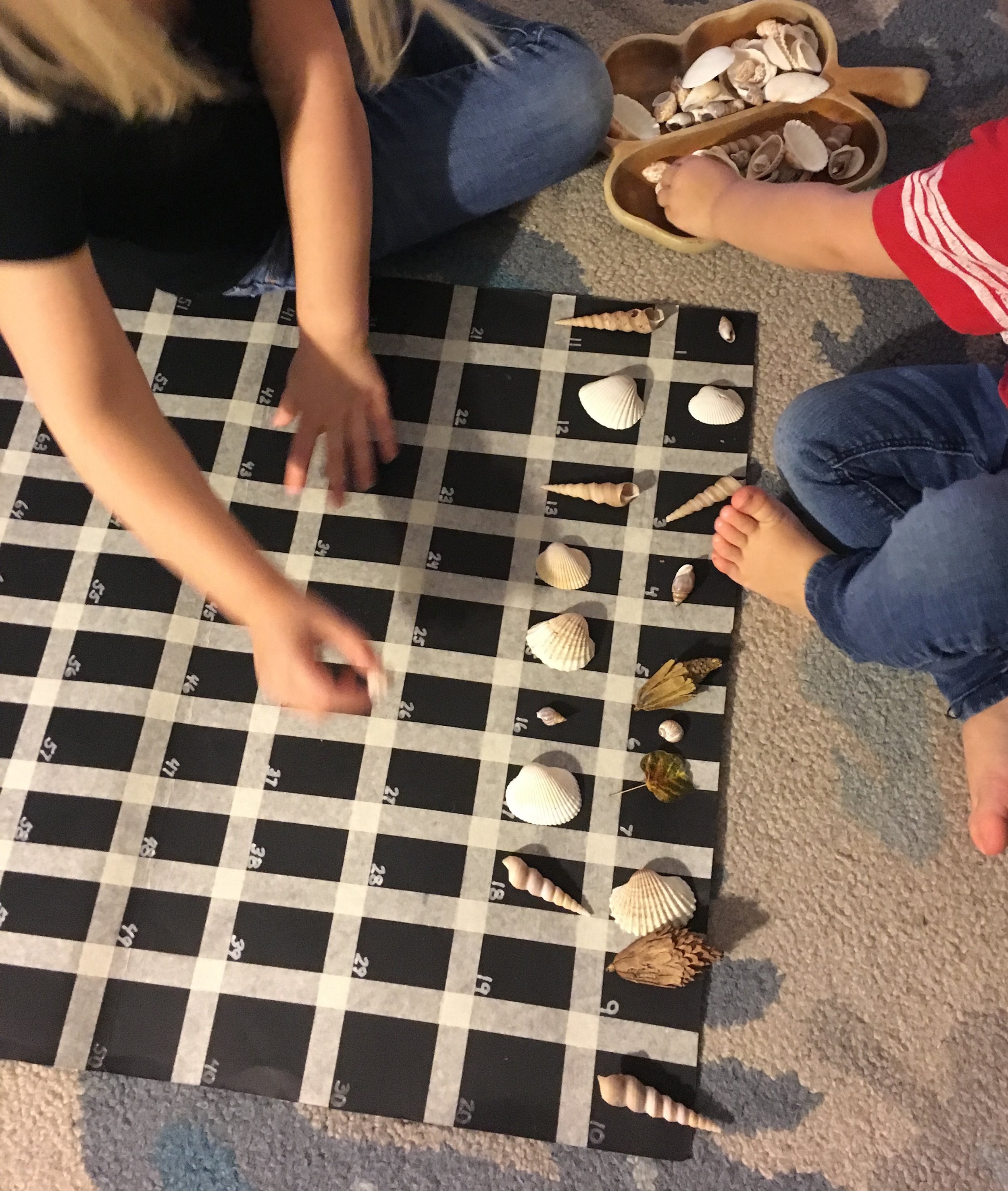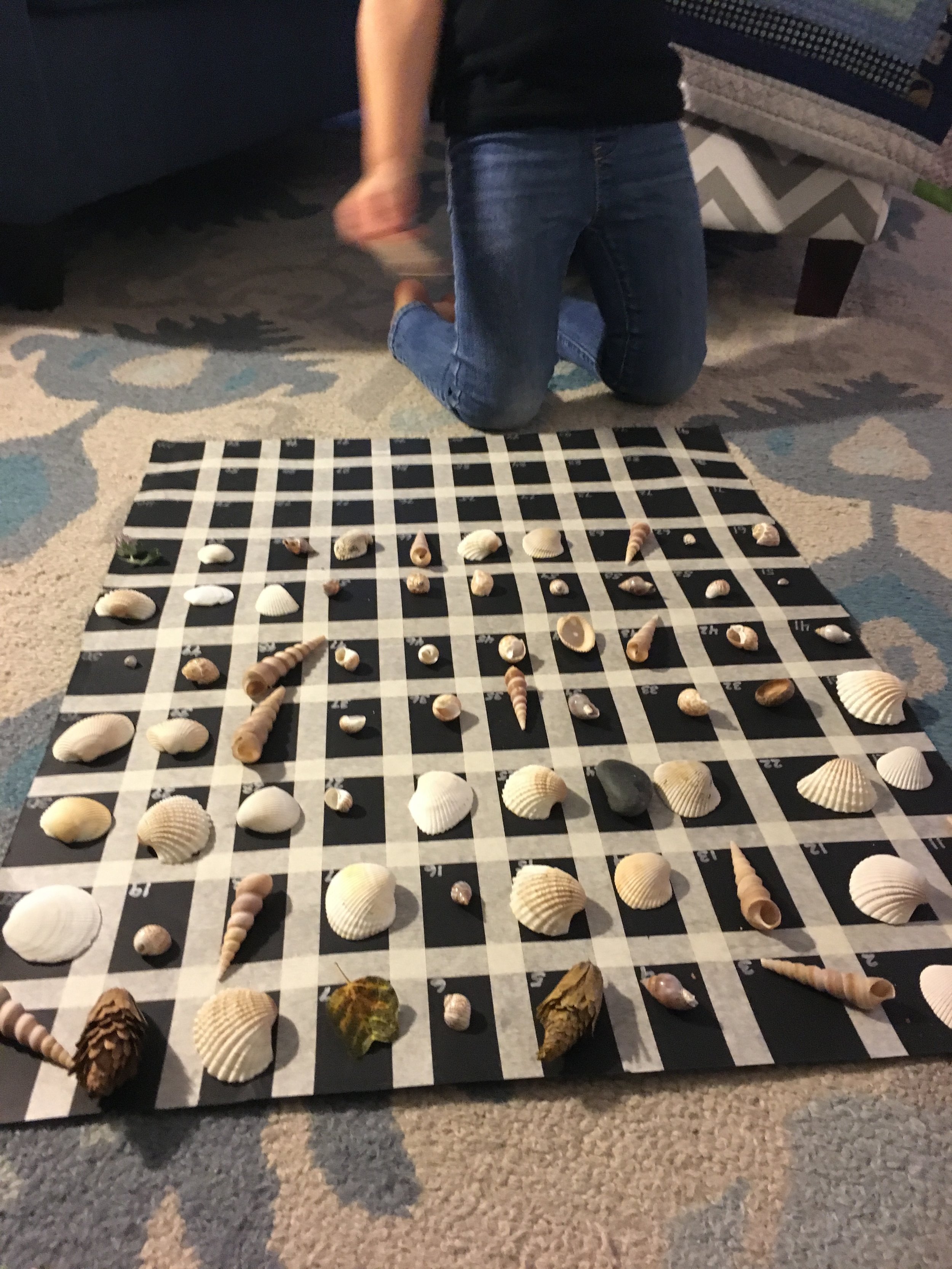Lately my child is obsessed with counting to 100. At school, the class is gearing up for the “100th day of school” and teachers are asking the children to try and count as high as they can. A simple counting book from the library with a page that shows 100 baby chicks is a favorite. Right before bed she pulls out the book and insists on counting all 100 chicks. I am both proud and impatient as I stare longingly at the clock and hope she counts fast.
“Providing opportunities for children to count collections greater than 20 (even as they may still be struggling with the teens) can help them to engage with its underlying structure. In attempting to count further, children’s emerging understanding of the base-ten number system is often revealed.”
–Carpenter, Franke, Johnson, Turrou and Wager (2017)
Children are not expected to count large numbers before entering Kindergarten, however, some preschool children are ready and excited to explore higher numbers. Some children may enjoy counting collections and feel proud as they count higher and higher. Often, listening as children count higher numbers reveals what they know, and do not know, about our number system. For instance, a child who counts 1-29 and then says twenty ten, twenty eleven… reveals an opportunity to talk about decades, and how the count sequence changes after a 9. (i.e. 9-10, 19-20, 29-30 and beyond). Watching children count physical objects also reveals counting strategies including organizing or grouping a large collection before counting.
PLAYFUL INVITATION
1. Prepare: Gather 100 or more objects from nature. Also, consider creating a 100 grid using chalk on the sidewalk or a piece of poster board.
Observe the child throughout the interaction. Use the Invitation to Play Documentation Tool to collect data.
2. Invite: Will you help me count this collection of things? I want to see if I have 100!
3. Play: Ask open-ended questions: What should we do first?
Observe, does the child immediately begin counting, organize/sort the group, or place items on each square of the grid? There is no right or wrong way. This is all about seeing what children know. At first, simply provide the materials and be a “watcher.”
Consider asking guiding questions: Is there a way we can get organized so we don’t count the same things more than once? This grid has one-hundred squares, maybe we could use this to help us count? OR Look each row has ten boxes. Every time we start a row we say something a little bit different! OR Let’s count together (practice the count sequence and deliberately stress 10, 20, 30, 40…etc.)
Continue observing, offer guidance when necessary, and ask open-ended questions.
4. Reflect and Assess: While counting, did the child skip any numbers, forget their place, or make any errors? What numbers were challenging to the child? What strategies does the child use to keep track of what he/she already counted? Does he/she line the items up, organize them in some way, or even put them into groups of 10?
Ready: The child can accurately count large numbers of items (10-20) using one to one correspondence and the child knows the count sequence beyond 20.
Ready to move on: If the child easily counts a collection of 100 items.
Extend: Count higher numbers beyond 100. Introduce counting by twos, fives, or tens. Count on from a number. Say let’s start at 29, what comes next?
MATH LANGUAGE
Base Ten Number System- The base-ten number system consists of ten digits (0,1,2,3,4,5,6,7,8,9) and groups number into tens.
One to One Correspondence- When counting a set, each item should be counted only once matching one number word to each item.
RESOURCES
Clements, D.H., & Sarama, J. (2017)*
Carpenter, T.P., Franke, M.L., Johnson, N.C., Turrou, A.C., and Wager, A.A. (2017). Young children’s mathematics: Cognitively guided instruction in early childhood education. Portsmouth, NH: Heinemann.
*full citation can be found on the Research Page








